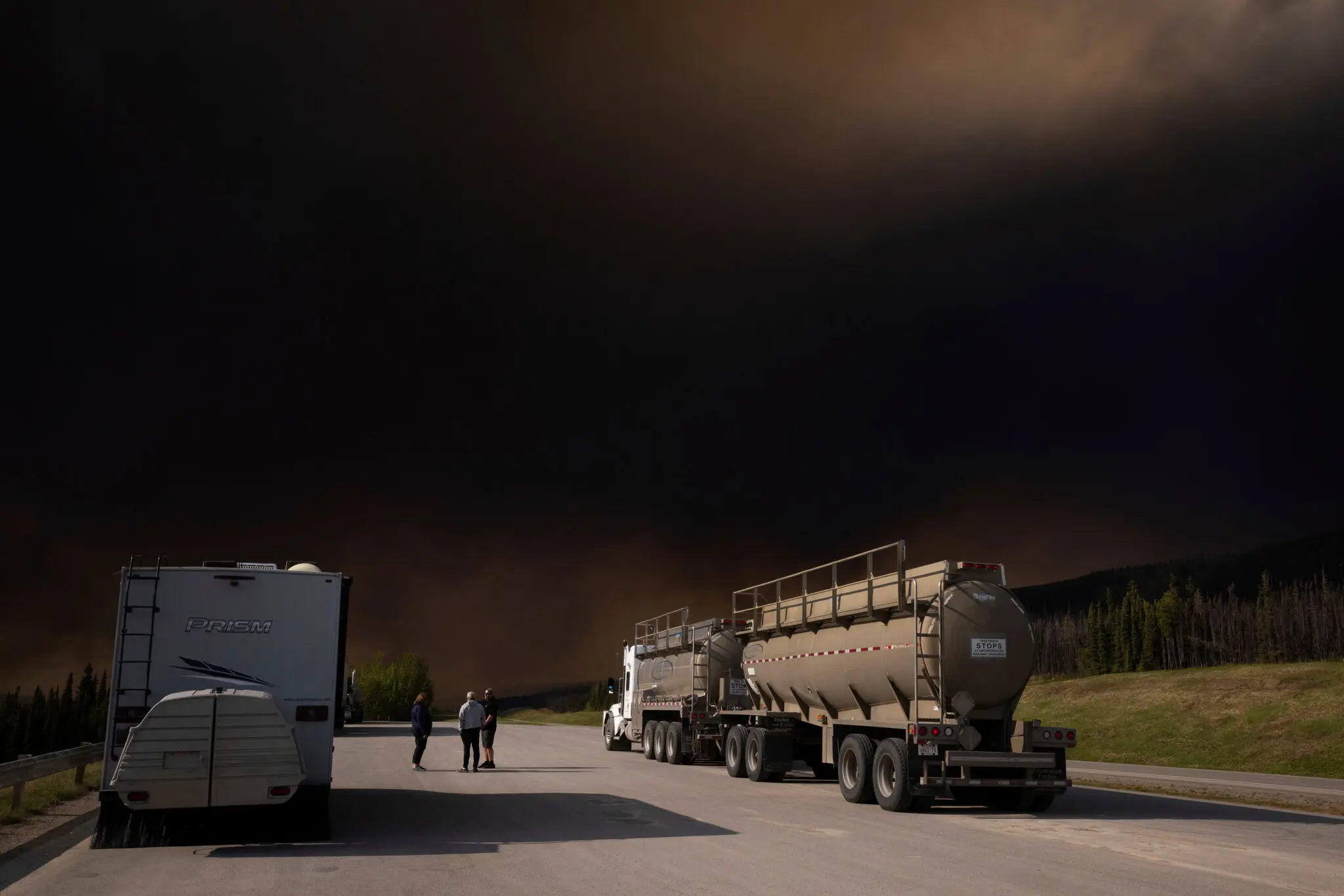Canada is facing one of the most intense wildfire seasons in its history, with fires raging across multiple provinces, displacing tens of thousands of residents, and overwhelming emergency response systems. As of early June 2025, more than 4,000 wildfires have scorched vast swaths of forest in British Columbia, Alberta, Saskatchewan, and Quebec, fueled by unusually high temperatures, prolonged drought, and strong winds.
Officials say over 12 million acres of land have already burned — surpassing the devastation seen during the record-breaking 2023 season. In British Columbia alone, more than 18,000 people have been evacuated from rural communities and Indigenous territories, with several towns placed under emergency alerts.
The scale of the fires has prompted a massive national mobilization. Canadian Prime Minister Justin Trudeau has deployed hundreds of military personnel to assist with firefighting, logistics, and evacuation efforts. Fire crews from the United States, Australia, and several European countries have also arrived to support Canadian teams in containing the blazes.
“This is not just another wildfire season — it’s a national emergency,” Trudeau said in a televised address. “We are doing everything we can to protect communities, wildlife, and our environment, but we need all hands on deck.”
Smoke from the fires has blanketed major cities, including Toronto and Montreal, leading to hazardous air quality levels and health warnings. Schools and outdoor activities have been suspended in several areas, and public health officials have urged residents to stay indoors and use air filtration systems when possible.
In Quebec, where hundreds of fires are burning simultaneously, firefighting resources are stretched thin. The provincial government has prioritized protecting critical infrastructure and residential zones, while calling on the federal government for additional aerial firefighting support.
Climate scientists point to a combination of factors exacerbating the crisis — including El Niño weather patterns, extreme heat, and long-term environmental changes. Canada’s average temperature is rising at twice the global rate, increasing the likelihood of large-scale, fast-moving wildfires.
“This is a glimpse of the future we’ve long warned about,” said Dr. Marie Delorme, a climate policy expert at the University of Alberta. “Without aggressive mitigation and adaptation efforts, these events will become more frequent, more intense, and more deadly.”
The economic toll is mounting. Insurance claims from property damage are expected to reach billions of Canadian dollars, while disrupted transport routes and closed industrial facilities are affecting supply chains and resource exports.
Indigenous leaders have called attention to the disproportionate impact of the fires on their communities. Many First Nations have faced repeated evacuations, with limited access to healthcare, clean water, and stable housing in evacuation centers. “We are among the first to be displaced and the last to be helped,” said Chief David Kewatin of the Secwepemc Nation.
Environmental advocates have also raised alarms about the long-term consequences of the fires on biodiversity and carbon emissions. Canada’s boreal forests, known as major carbon sinks, are being reduced to ash, potentially releasing massive amounts of stored carbon into the atmosphere and further accelerating climate change.
Despite the destruction, some regions have begun recovery planning. In Alberta and northern Ontario, local governments are organizing rebuilding programs and coordinating with environmental agencies to assess ecological damage and chart reforestation plans.
With summer only just beginning, fire officials warn that the worst may still be ahead. The Canadian Interagency Forest Fire Centre has elevated its national preparedness level to its highest tier and advised all provinces to brace for continued extreme fire activity through July and August.
As the country confronts an unprecedented environmental disaster, leaders are facing renewed calls to accelerate climate action, invest in fire prevention infrastructure, and support vulnerable communities left to cope with the smoke and destruction.
Source; The New York Times



